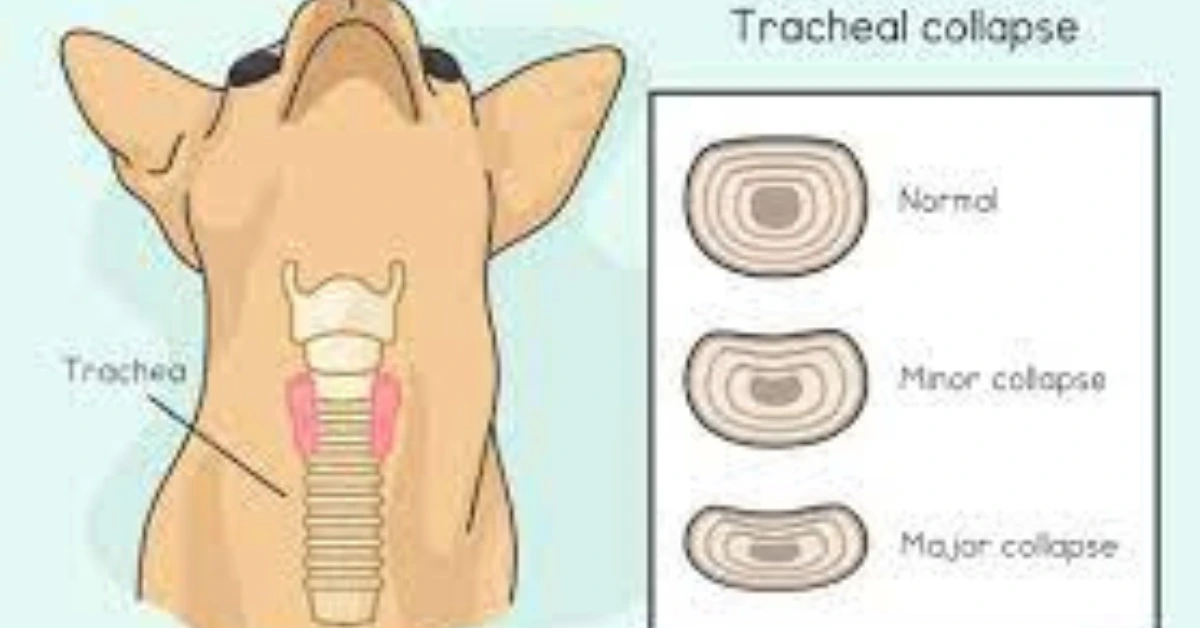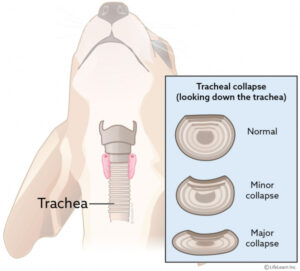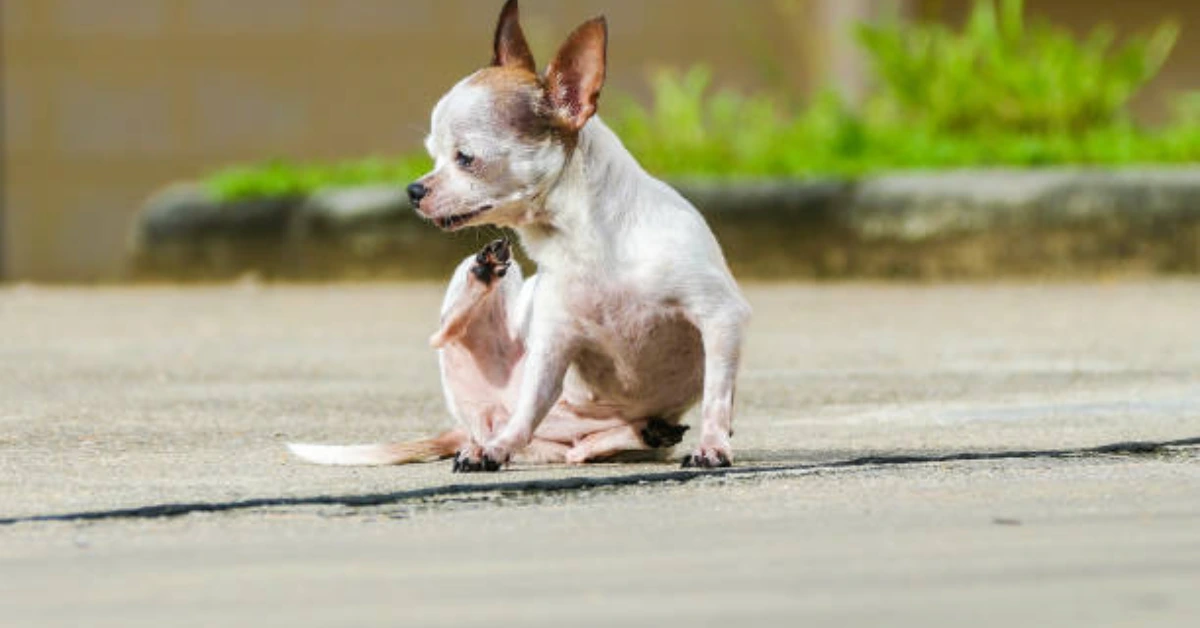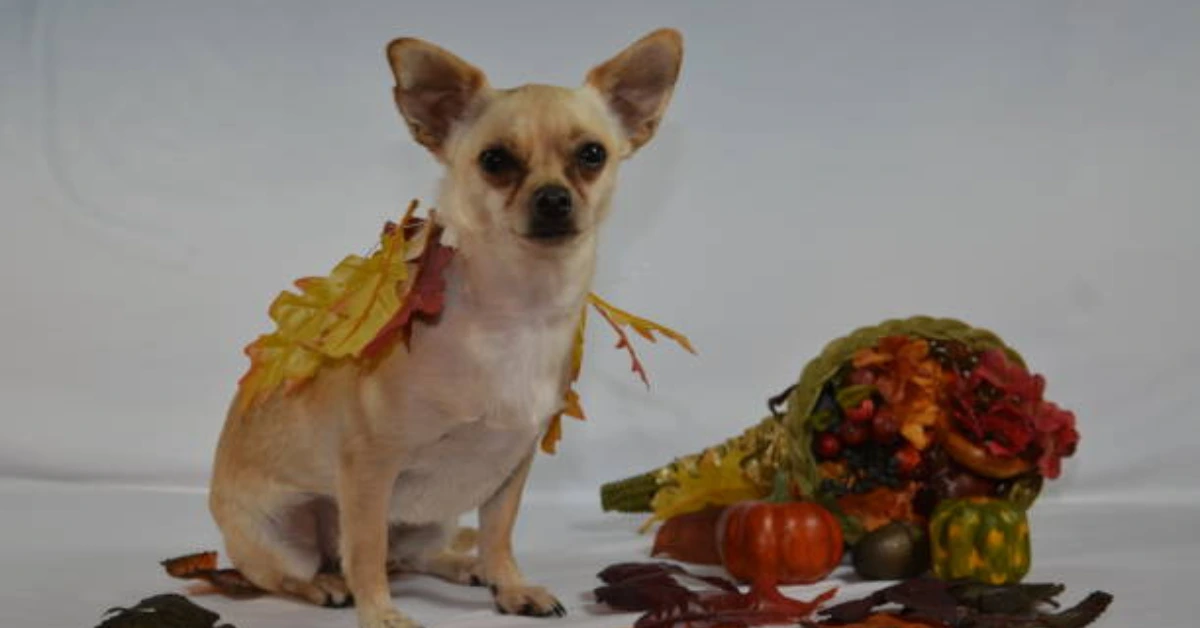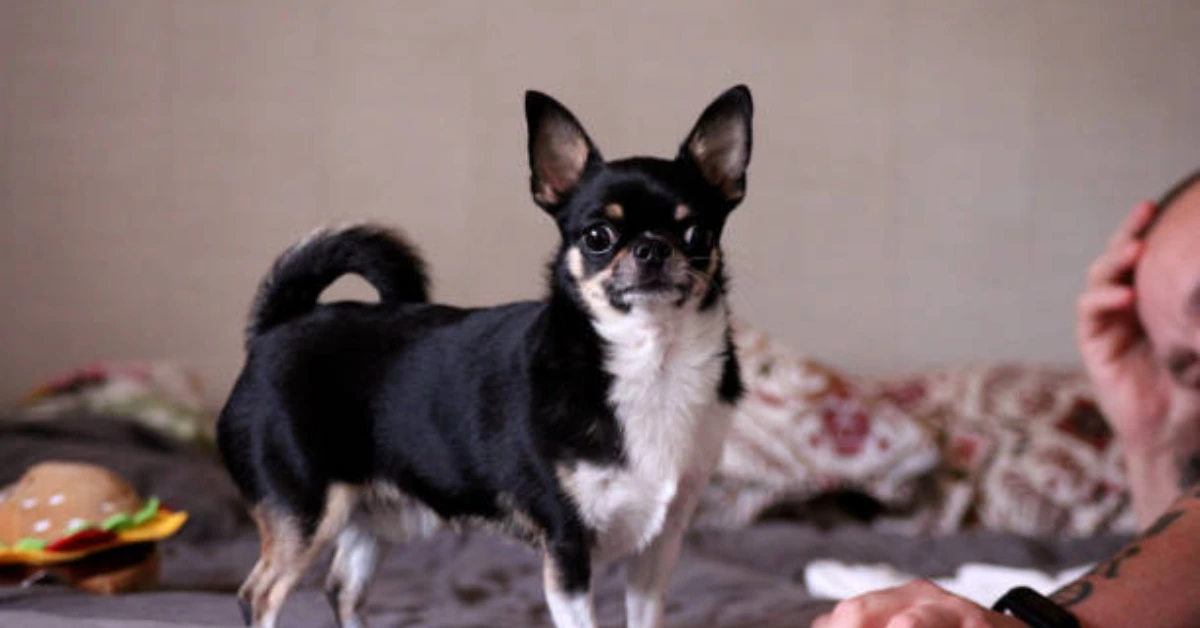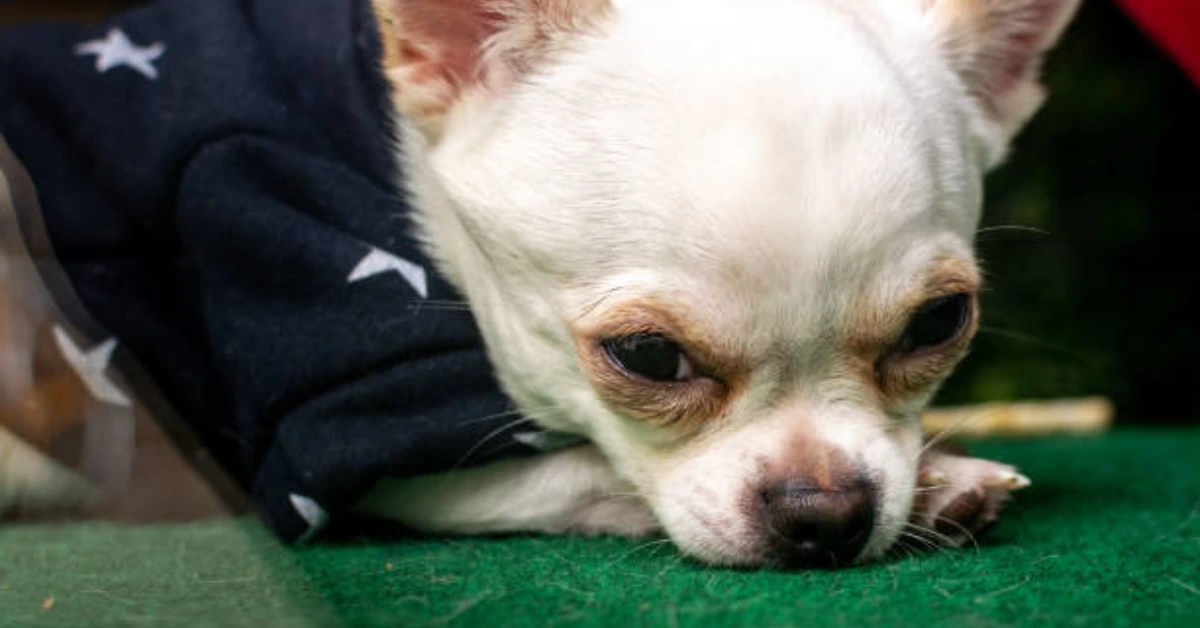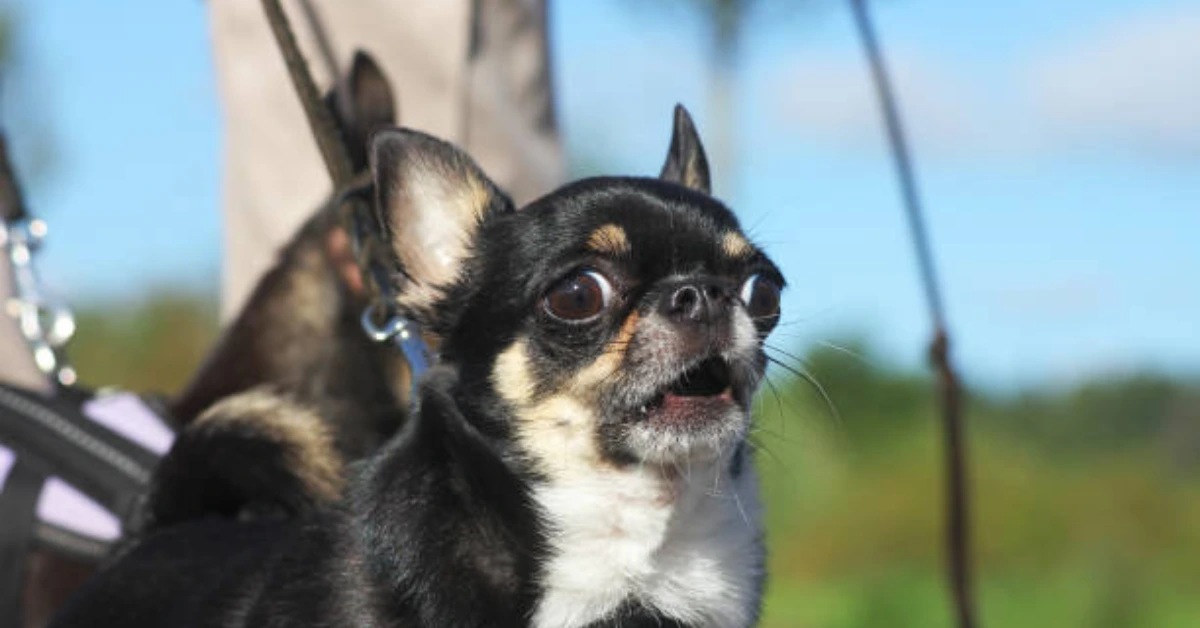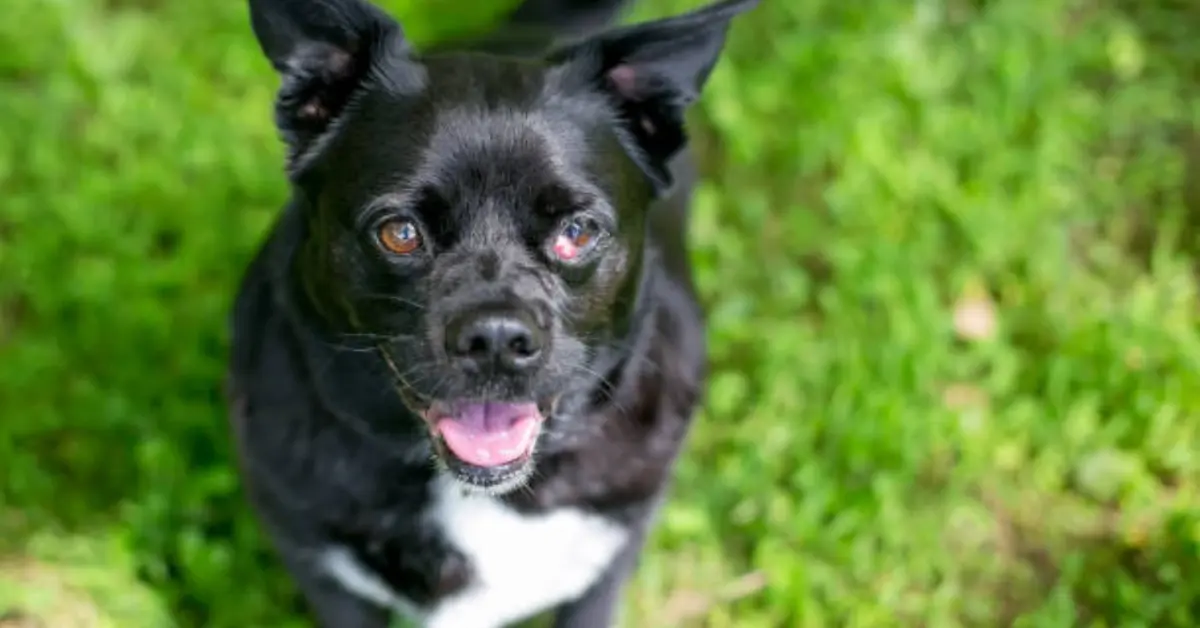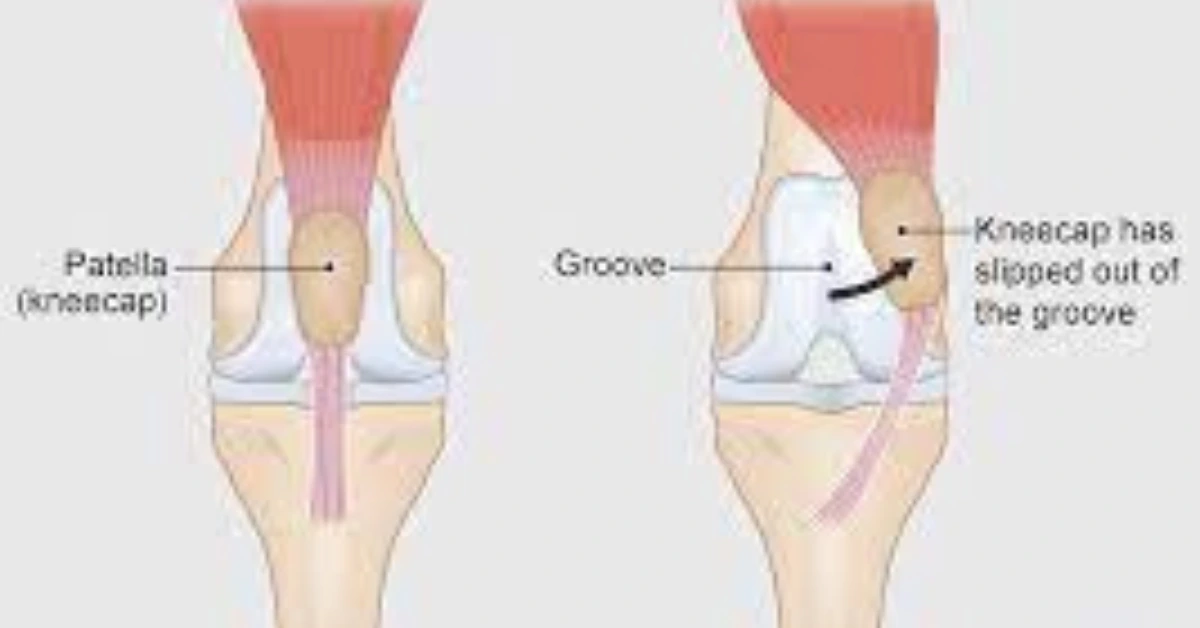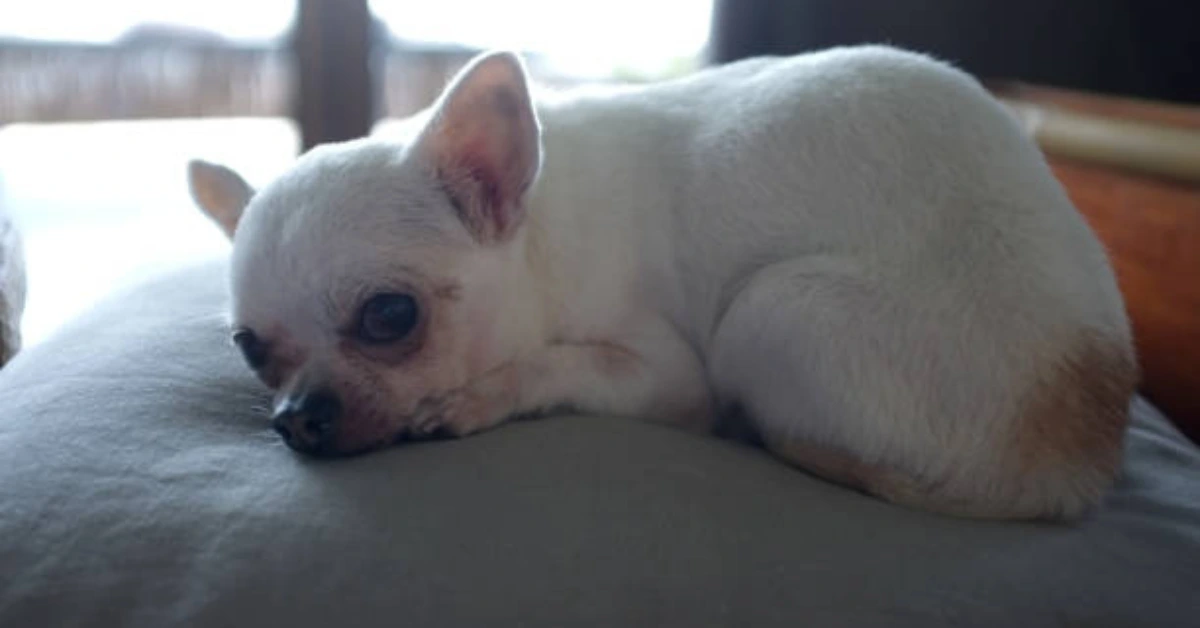One of the most common questions we get from people who own Chihuahuas is why their dog keeps coughing. Most probably, it’s reverse sneezing, which is very common among small dogs such as Chihuahuas. It could also be a highly contagious kennel cough. But it could be something much worse called Tracheal Collapse.
The tube that passes from the throat to the lungs is named the trachea, or windpipe. The trachea stays in the shape of a tube because of small rings of cartilage along its walls. In dogs including chihuahuas, these rings don’t go all the way around the windpipe; they only cover about 5/6 (83%) of the circumference. The circle is finished with a thin piece of tissue.
If the cartilage rings lose some turgidity (stiffness and strength) or the membrane becomes loose and sags, the tracheal rings will flatten when air is drawn into the airway during inspiration. This is called a collapse of the trachea. When the trachea falls in, it’s hard for air to get to the lungs.
Advertisement
Causes Of Tracheal Collapse In Chihuahuas
The Tracheas of chihuahuas with tracheal collapse are not formed the way they should be. They flatten, making it hard for the dog to get enough air.
The dog could be born with this problem, or it could come up later in life. Some of the reasons for it are:
- Cushing’s illness
- Heart trouble
- Long-term bronchitis
- Injury to the throat, which is why you should always use a harness with a leash instead of putting the leash on your dog’s collar.
- Infections by bacteria or viruses
- Obesity
- Smoke from other people’s cigarettes
- A defect present at birth
How To Detect This Condition In Your Chihuahua?
Most of the time, chihuahua owners say that Tracheal Collapse sounds like a “goose honk.” Your dog may have a collapsed trachea if it starts to do this when it’s excited or working out, eating, or drinking. Their gums may start to look blue.
The video below is a great example of sound we are talking about:
Diagnosis Of Tracheal Collapse For Your Chihuahua
To figure out what’s wrong with your chihuahua, your vet will get a full history and do a physical exam. The vet will make a diagnosis and decide the best way to treat your pet based on what they find and what you tell them.
Your vet may need to do some tests before he or she can figure out what’s wrong. Here are some of these tests:
- Chest X-ray: The goal of this test is to rule out other causes and to define the location of the collapse.
- Tracheoscopy or bronchoscopy: An instrument with a camera is put into the trachea to look at it. This is usually done in a clinic or specialty hospital because it requires general anesthesia.
- Fluoroscopy is a type of X-ray imaging that shows moving pictures in real-time as your dog breathes.
- Other tests: These could include blood tests, a checkup that includes a urinalysis, blood count, chemistry panel, and/or heartworm testing to look for conditions that might cause coughing.
Radiographic imaging and other methods can also be used, but they might not be enough to figure out if the trachea has collapsed on its own. For example, the collapse of the trachea is not always seen on chest X-rays.
Treatments for Tracheal Collapse
If your chihuahua has this condition, it’s important to treat it because it will get worse over time if you don’t. Some ways to treat tracheal collapse are:
- Corticosteroids bring down the swelling.
- Antibiotics, depending on what kind of disease it is
- Drugs that stop coughing
- A plan to lose weight when obesity is the cause
- Surgery, in extreme cases
The vet might give sedatives to stop coughing and calm the animal down. Some dogs may need to be put to sleep very deeply to stop coughing. Coughing only makes things worse, which makes the chihuahua cough more.
Your vet may recommend Maropitant (Cerenia®) as the best drug to reduce swelling in the airways.
Keep your chihuahua away from things like smoke and other pollutants that can irritate his airways. Changing your dog from a collar to a chest harness may also help him or her breathe better.
If your dog is too fat, losing weight may make it easier for your dog to breathe. This will help with some of the problems caused by the condition.
If the symptoms are so bad that they make it hard for your chihuahua dog to do basic things, your vet may suggest surgery. This surgery should be done by a vet who is board-certified by the American College of Veterinary Surgeons. In it, extraluminal tracheal rings or intraluminal stents are surgically put around the dog’s trachea to keep it from collapsing.
If your chihuahua is recently facing this condition, make sure to take good care of him or her. Keeping your tiny Chi away from smoke and other air pollutants will help him or her breathe better and stop breathing problems from happening.
FAQ
At what age does tracheal collapse usually happen?
Tracheal collapse happens most often in chihuahuas between 4 and 14 years old, but it can happen in younger dogs as well.
What is the difference between Reverse Sneezing and Tracheal Collapse?
Sometimes It is difficult to tell if your chihuahua’s coughing is caused by his trachea collapse or by something less serious, like reverse sneezing. Because The symptoms are pretty much the same.
Reverse sneezing is when your dog coughs when excited, after eating or drinking, or when she turns her elbows out, extends her neck, and gasps inwards in a rhythmic way.
She might have a collapsing trachea if she breathes with a raspy sound or coughs when you just rub her throat.
She could also have a collapsing trachea if she coughs in one or two sharp, outward bursts that end with a gag or empty retch.
What are the clinical signs?
The most common clinical sign is a dry, harsh cough that lasts for a long time. People sometimes say that it sounds like a “goose honk.” The cough may get worse at night when you’re nervous when there’s pressure on your dog’s trachea when it’s hot or humid outside, or right after your chihuahua eats or drinks.
How is This Condition diagnosed?
As mentioned previously during the physical exam, tracheal collapse may be suspected if very light pressure on the trachea makes the dog cough or has trouble breathing. To confirm the diagnosis, you need to do tests like X-rays or use an endoscope or bronchoscope.
What is The prognosis For My Chihuahuas?
It’s important to know that collapsing trachea is a disease that gets worse over time since the tracheal cartilage can keep breaking down even after treatment. Even if a pet has surgery to fix the problem, he often needs to take medicine for the rest of his life. How well your dog responds to therapy will affect the prognosis.
Last Word
It is so crucial to take care of your chihuahua’s signs at home. However, you should still take your dog to the vet to get the treatment he needs.
Advertisement

